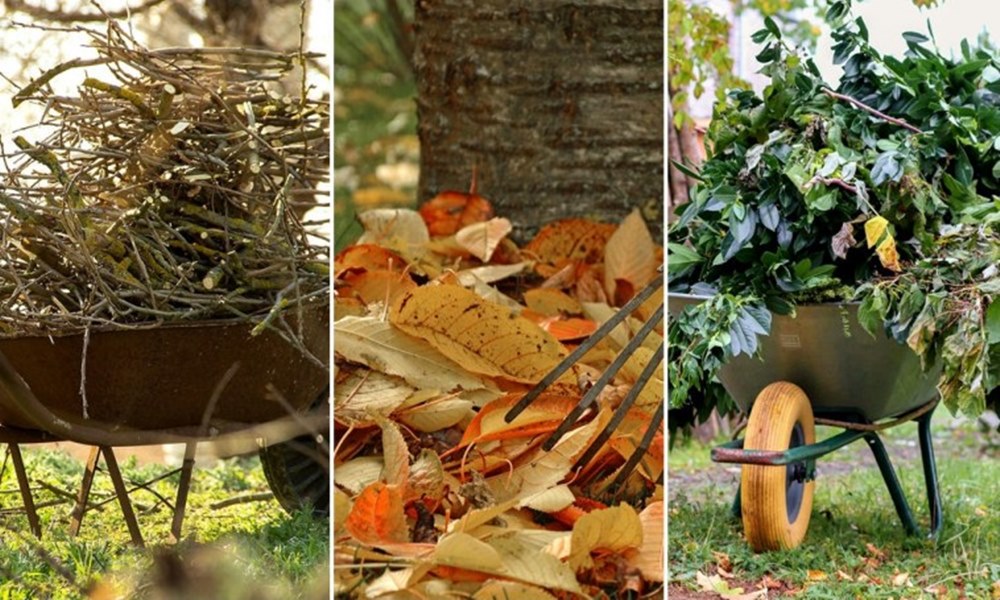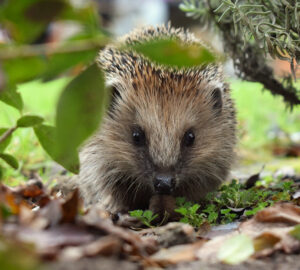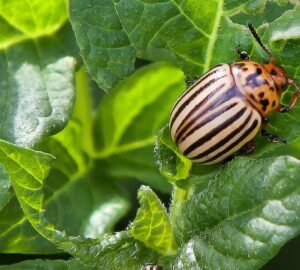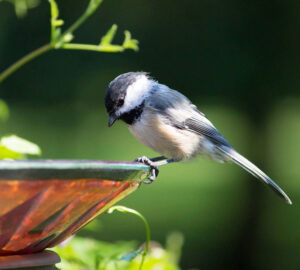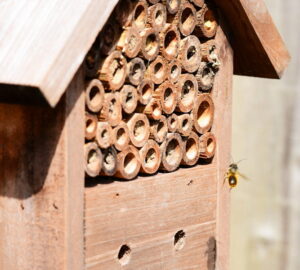When autumn arrives and you find yourself cutting back your garden’s overgrown bushes and hedges, don’t be too hasty to dispose of those fallen branches and twigs. Nature offers you a chance to contribute to the well-being of your garden’s inhabitants, from hedgehogs to delicate birds. In this guide, we will unveil the eco-friendly magic of using these organic resources and offer you some creative ways to make the most of them.
A Refuge for Garden Creatures: Build a Woodpile
Instead of tossing those discarded branches and twigs away, create a sheltered oasis for your garden’s wildlife by building a woodpile in a quiet corner of your yard. This simple act goes a long way in helping the local fauna. Hedgehogs, for instance, are thrilled to discover a cozy hiding spot amidst the branches and twigs. Yet, they aren’t the only beneficiaries of your compassion. Numerous bird species, like the ever-charming robins, find these makeshift woodpiles perfect for raising their young.
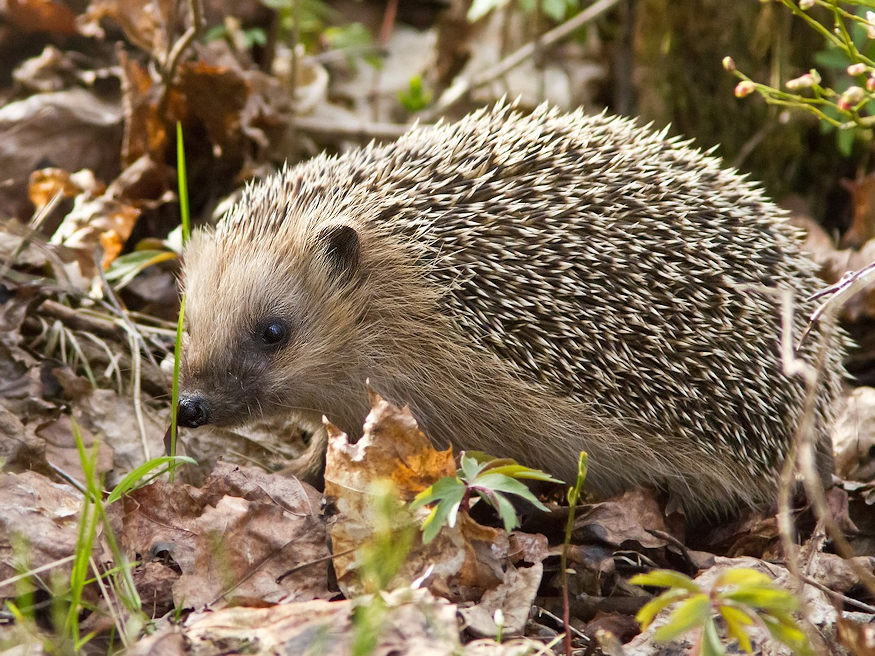
Over time, the woodpile will gradually decompose, providing an invaluable source of nutrients for your garden. When it eventually collapses, you can easily replenish it with fresh branches and twigs. And remember, these materials need not come exclusively from your garden; you can even repurpose the boughs of your Christmas tree!
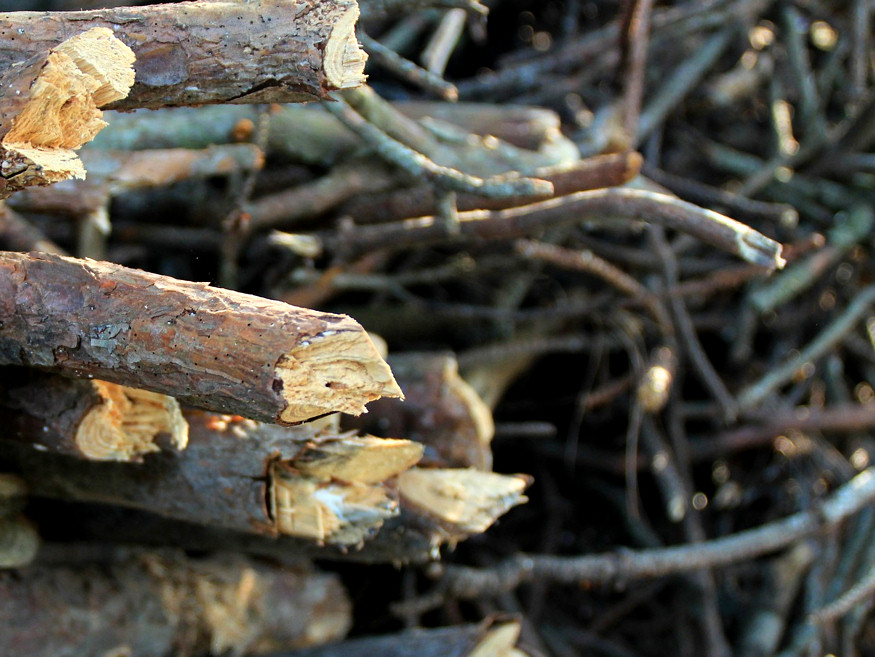
Leaf Litter: More Than Meets the Eye
Leaf litter, often destined for the compost heap, holds untapped potential for nurturing your garden’s ecosystem. Avoid the use of energy-guzzling leaf blowers that may inadvertently harm small creatures hiding within. Instead, employ a leaf broom and rake to collect and make the most of this natural resource.
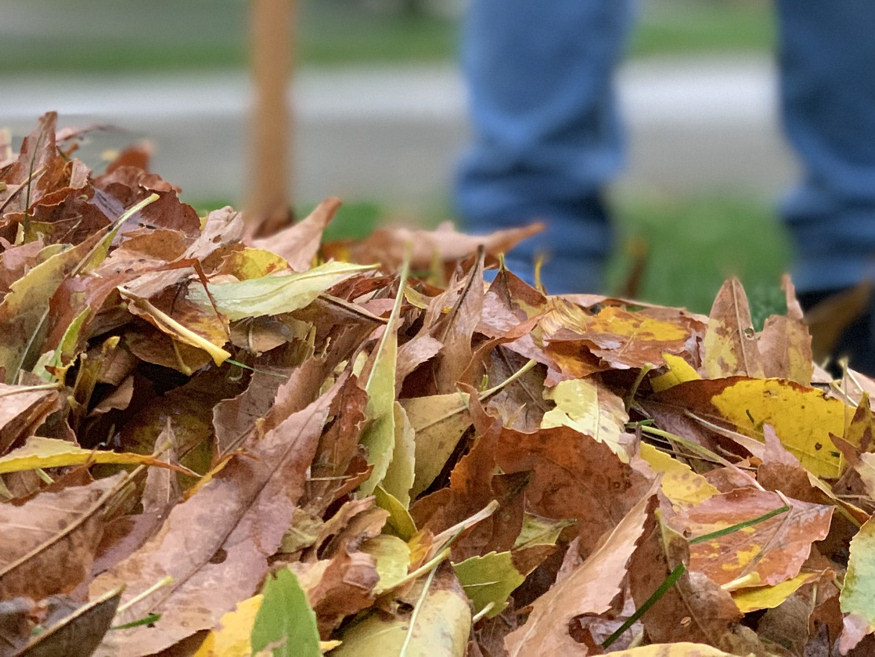
Spread these fallen leaves beneath your bushes, creating a haven for ladybugs, spiders and various other insects during their winter hibernation. These critters, in turn, become a vital food source for robins and wrens as winter deepens. Even hedgehogs appreciate the snug comfort found beneath a blanket of leaves.
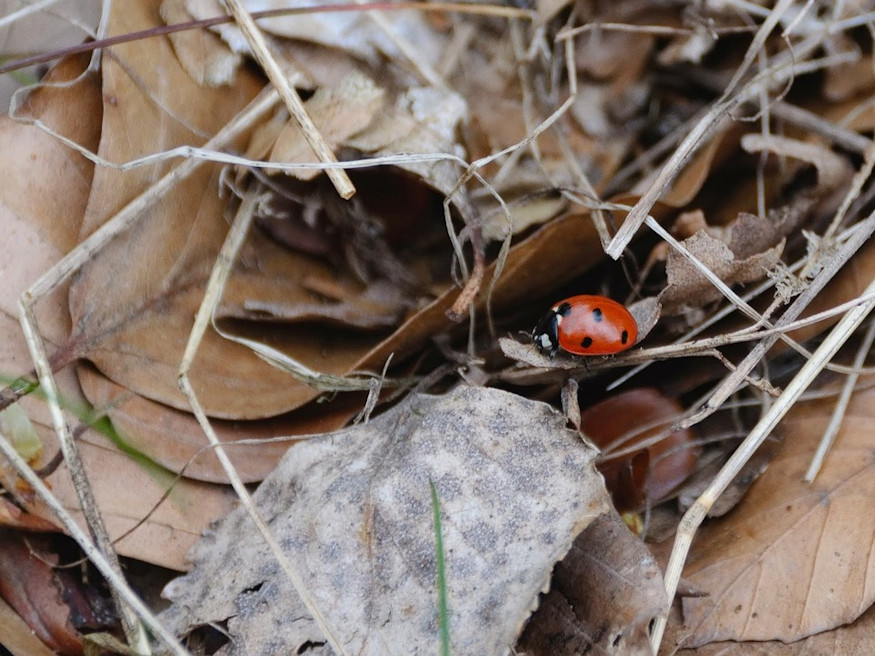
Consider covering bare garden beds with leaves, offering protection to soil microorganisms and enriching the earth with essential nutrients. As winter encroaches, remember that stems and spikes become critical refuges for insects. Certain wild bee species lay their eggs within woody shrubs and stems, with the young bees emerging in the following spring.
Pruning Timing: A Bird’s Winter Survival
To bolster the chances of your garden birds finding sustenance during winter, postpone pruning your bushes until spring. Rosehips, spindle, privet, hawthorn and Cornelian cherry not only add splashes of color to your garden’s otherwise barren landscape but also offer vital nourishment to your feathered friends, ensuring their survival through the harshest of seasons.
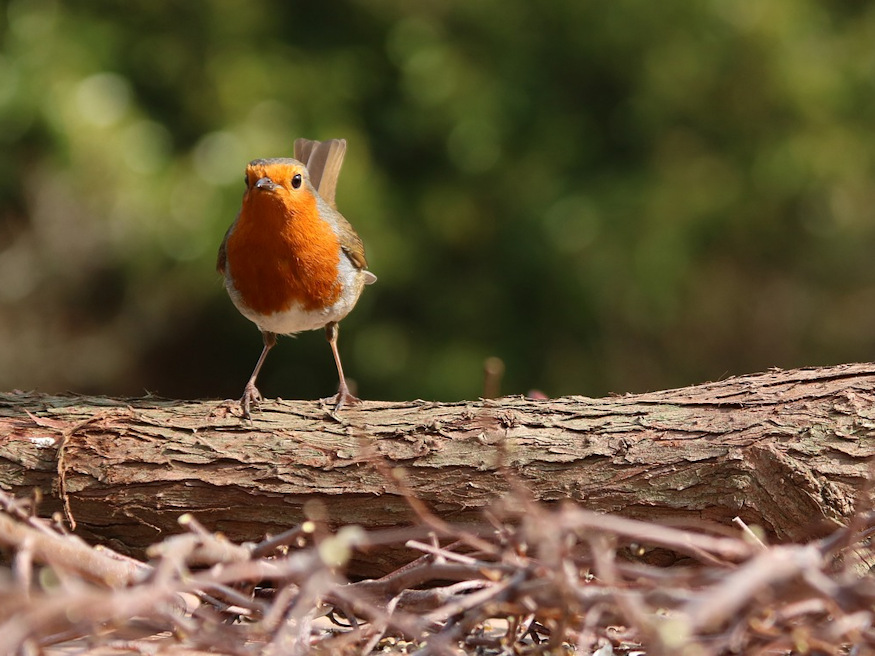
Caring for Your Garden’s Ecosystem
In conclusion, your garden is more than just a pretty space; it’s a thriving ecosystem teeming with life. By thoughtfully utilizing fallen leaves and twigs, you can create an environment that nurtures hedgehogs, insects and birds throughout the year. Your garden will become a harmonious refuge for all its inhabitants, where nature’s cycles unfold in perfect synergy. So, the next time you tend to your garden, remember: even the smallest act of preservation can make a world of difference to the creatures that call it home.



